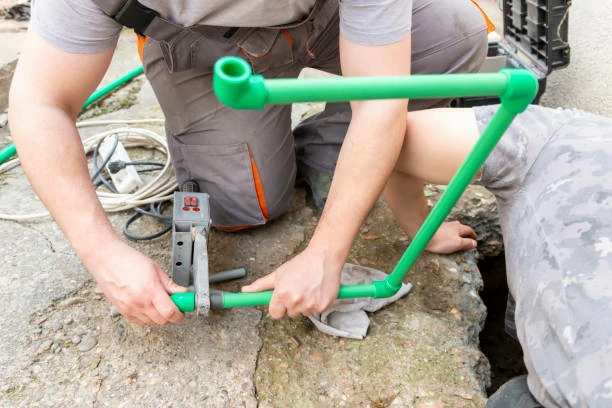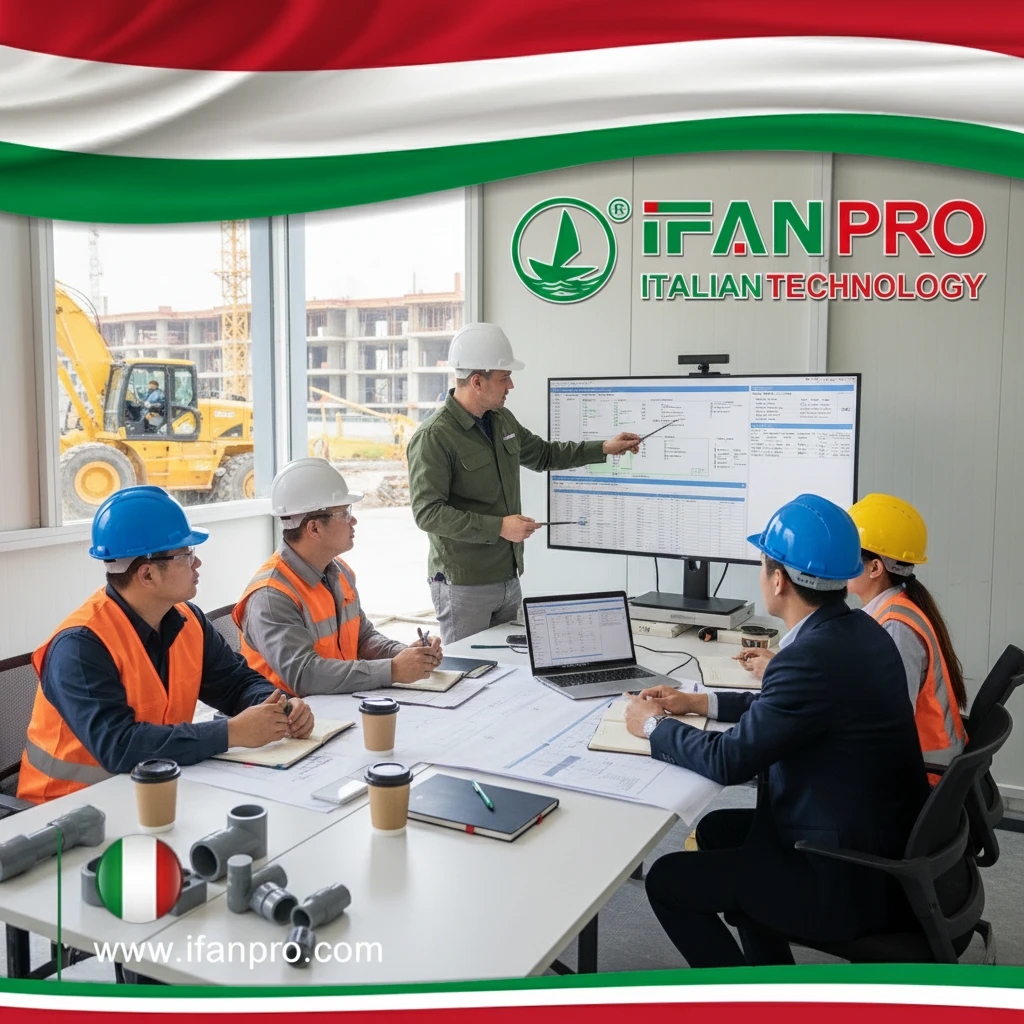Introduction to PPR Pipe Installation
Installing PPR (Polypropylene Random Copolymer) pipe involves specific steps to ensure a reliable and leak-free plumbing system. This guide covers the essential steps for installing PPR pipes, highlighting key practices and considerations for optimal results.
Preparing for Installation
Proper preparation is crucial for a successful PPR pipe installation. This includes selecting the right tools and materials, measuring and cutting the pipes, and preparing the fittings.
Selecting Tools and Materials
Gather all necessary tools and materials before starting. Essential tools include a pipe cutter, a deburring tool, a measuring tape, and a fusion welding machine. Ensure you have the required PPR pipes and fittings for your specific application.
Measuring and Cutting Pipes
Accurate measurements are vital for a precise fit. Measure the required lengths of PPR pipes using a measuring tape. Mark the cutting points and use a pipe cutter to cut the pipes to the desired lengths. Ensure the cuts are clean and smooth.
Preparing the Fittings
Prepare the PPR fittings by cleaning their inner surfaces. Remove any dirt or debris that might interfere with the welding process. Use a deburring tool to smooth the cut ends of the pipes, ensuring a perfect fit with the fittings.
Joining PPR Pipes and Fittings
Joining PPR pipe and fittings involves heat fusion welding. This process creates a strong, leak-proof joint by melting the plastic surfaces and fusing them together.
Heating the Pipes and Fittings
Set up the fusion welding machine and allow it to reach the required temperature. Insert the ends of the PPR pipes and the fittings into the heating elements. Heat them for the recommended time, ensuring even heating of the surfaces.
Fusing the Pipes and Fittings
Once the pipes and fittings are heated, quickly remove them from the heating elements. Align them carefully and push them together until they meet the marked insertion depth. Hold them in place until they cool and solidify, forming a strong bond.
Installing PPR Pipe Supports
Proper support is essential for maintaining the integrity of the PPR piping system. Install pipe supports at regular intervals to prevent sagging and movement.
Determining Support Spacing
Calculate the required support spacing based on the pipe size and application. Follow industry standards and guidelines for support spacing to ensure stability. For horizontal runs, place supports every 1-2 meters. For vertical runs, space supports every 1.5-2.5 meters.
Installing Pipe Clips and Hangers
Use pipe clips and hangers to secure the PPR pipes to walls, ceilings, or floors. Position the clips and hangers at the determined intervals and attach them securely. Ensure the pipes are properly aligned and supported to prevent stress and deformation.
Testing the PPR Piping System
Testing the installed PPR piping system verifies its integrity and performance. Conduct pressure tests to ensure there are no leaks or weak points in the system.
Filling the System with Water
Fill the piping system with water to the recommended pressure level. Use a pressure gauge to monitor the pressure and ensure it remains stable during the test. Check for any visible leaks or drops in pressure.
Conducting the Pressure Test
Maintain the pressure for the specified duration, typically 1-2 hours. Inspect the entire piping system for leaks or signs of stress. If any issues are detected, address them promptly and retest the system until it passes the pressure test.
Insulating PPR Pipes
Insulating PPR pipes enhances energy efficiency and prevents heat loss or gain. It also protects the pipes from environmental factors and reduces the risk of condensation.
Choosing Insulation Material
Select appropriate insulation material for your PPR pipes based on the application and environmental conditions. Common options include foam insulation, fiberglass, and rubber insulation. Ensure the insulation material is compatible with PPR pipes.
Applying the Insulation
Wrap the insulation material around the PPR pipes, covering the entire length. Secure the insulation with tape or adhesive to ensure it stays in place. Pay special attention to joints and fittings, ensuring they are fully insulated.
Final Inspection and Maintenance
Conduct a final inspection to ensure the PPR piping system is correctly installed and functioning properly. Regular maintenance helps extend the lifespan of the system and ensures its optimal performance.
Final Inspection
Inspect the entire piping system, checking for proper alignment, secure fittings, and adequate support. Verify that all joints are leak-free and that insulation is correctly applied. Make any necessary adjustments or repairs before putting the system into service.
Regular Maintenance
Perform regular maintenance checks to keep the PPR piping system in good condition. Inspect for any signs of wear, leaks, or damage. Clean the pipes periodically to prevent buildup and ensure smooth water flow.
Consideraciones medioambientales
PPR pipes are environmentally friendly, offering several benefits over traditional piping materials. They are recyclable, have a low carbon footprint, and contribute to sustainable building practices.
Recycling PPR Pipes
PPR pipes can be recycled at the end of their service life. Collect and process them into new products, reducing waste and conserving resources. Promote proper disposal and recycling practices to minimize environmental impact.
Sustainable Building Practices
Using PPR pipes supports sustainable building practices. Their energy-efficient production and long lifespan contribute to overall environmental benefits. Additionally, their resistance to corrosion and chemicals ensures clean and safe water supply systems.
Conclusión
Proper installation of PPR pipes ensures a reliable and efficient plumbing system. By following the outlined steps and best practices, you can achieve a leak-free, durable, and environmentally friendly piping system. Regular maintenance and inspection further enhance the system’s performance and longevity. Embrace PPR pipes for their numerous benefits and support sustainable building practices.
Conectar
IFAN es un fabricante chino de tuberías, accesorios y válvulas de plástico con 30 años de experiencia. Si está interesado en IFAN accesorios de cobre, válvulas de cobre, tuberías y accesorios de plástico, póngase en contacto con nosotros. IFAN le ofrece una variedad de tuberías estándar para satisfacer sus necesidades específicas. Haga clic a continuación para obtener más información sobre la amplia gama de productos de válvulas y productos relacionados con sistemas de tuberías asequibles y rentables de IFAN.
Responderemos a su correo electrónico o fax en 24 horas.
Puede llamarnos en cualquier momento si tiene alguna duda sobre nuestra producción.
Para más información, visite nuestra página web https://ifanpro.com/
Pls Mailto: [email protected]
Whatsapp: + 86 19857948982














Comentarios recientes